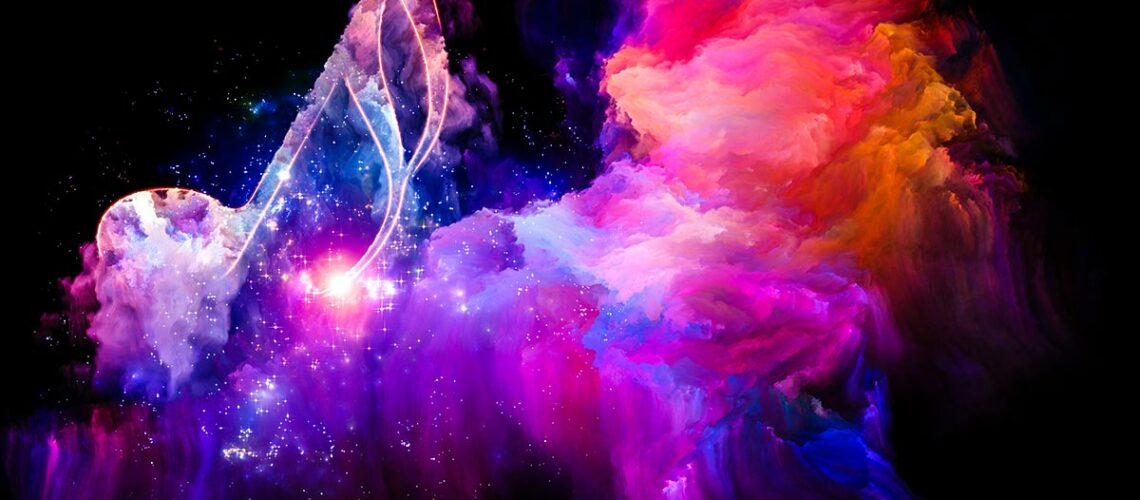Music has always been a dynamic and transformative art form, constantly evolving to reflect the changing tastes and influences of society. One of the most intriguing phenomena within the world of music is the fusion of different genres, which has significantly impacted pop culture. This blog post delves into the concept of musical fusion, its historical roots, the impact on pop culture, and some notable examples that showcase the power of genre intersection.
The Evolution of Musical Fusion
Musical fusion, at its core, involves the blending of different musical styles and elements to create a unique and compelling sound. The evolution of musical fusion stands as a testament to the dynamic and ever-changing nature of human creativity. Throughout history, different cultures, genres, and musical traditions have intertwined and merged, giving birth to a rich tapestry of sounds that transcend boundaries. This journey began with the earliest forms of cross-cultural exchange, as trade routes and migrations facilitated the sharing of musical ideas. As centuries passed, colonialism and the global movement of peoples led to even more complex musical exchanges, resulting in the fusion of African rhythms with European melodies in genres like jazz and the blending of Indian classical music with Western styles in genres like bhangra and Bollywood music.
The latter half of the 20th century witnessed an explosion of musical fusion, fueled by advancements in technology and communication. Genres like rock, reggae, and hip-hop emerged as powerful agents of musical amalgamation, incorporating elements from various cultures and genres to create something entirely new. The digital age further accelerated this process, as artists gained access to a vast array of sounds and styles from around the world, enabling the creation of genres like electronic world music and global pop.
Today, musical fusion continues to thrive, with artists seamlessly blending and reimagining traditional and contemporary elements to craft innovative and boundary-pushing compositions. This evolution of musical fusion not only reflects the interconnectedness of our world but also serves as a reminder of the boundless possibilities that arise when we embrace diversity and celebrate the shared human experience through the universal language of music.
Historical Precedents of Musical Fusion
Jazz and Blues Fusion: The early 20th century witnessed the convergence of jazz and blues, two genres with deep roots in African-American communities. Artists like Louis Armstrong and Bessie Smith pioneered this fusion, creating a genre that resonated with a diverse audience and laid the foundation for future cross-genre experimentation.
Rock ‘n’ Roll’s Blend: The birth of rock ‘n’ roll in the 1950s saw the fusion of rhythm and blues, country, and gospel. This genre blend not only revolutionized the music industry but also sparked a cultural movement that challenged societal norms.
Impact on Pop Culture
The fusion of musical genres has played a pivotal role in shaping pop culture and influencing societal norms. Here’s how:
Cultural Diversity and Unity: Musical fusion has often been a vehicle for cultural exchange. When artists from different backgrounds collaborate, they bring their unique experiences, languages, and styles to the forefront. This fosters cultural diversity and promotes unity by highlighting shared human experiences.
Breaking Boundaries: Genres that break away from traditional norms captivate listeners and challenge the status quo. These groundbreaking sounds can become anthems for generations, encouraging social change and pushing boundaries within and beyond the music industry.
Evolution of Aesthetics: Musical fusion has led to the evolution of visual aesthetics in pop culture. Album covers, music videos, and live performances are now opportunities for artists to visually represent their blended sound, creating a holistic experience for fans.
Notable Examples of Genre Intersection
Hip-Hop and R&B Fusion: The fusion of hip-hop and R&B in the 1980s resulted in a genre that resonated with urban communities and eventually permeated mainstream culture. Artists like Lauryn Hill seamlessly blended rap and soul, addressing social issues while delivering catchy melodies.
Electronic Dance Music (EDM) and Pop: The melding of electronic dance music elements with pop sensibilities has given rise to chart-topping hits. Artists like Calvin Harris and Zedd have successfully combined electronic beats with catchy hooks, dominating the airwaves and club scenes alike.
Latin Pop Fusion: The fusion of Latin rhythms with contemporary pop has led to a global Latin pop phenomenon. Artists like Shakira and J Balvin have seamlessly integrated reggaeton, salsa, and other Latin genres into their music, transcending language barriers and captivating audiences worldwide.
The Future of Musical Fusion
As technology continues to advance and artists find new ways to experiment with sound, the future of musical fusion looks promising. The digital landscape allows for easier collaboration between artists from different corners of the world, leading to even more diverse and innovative genre intersections.
Musical fusion stands as a testament to the power of creativity and collaboration. By transcending genre boundaries, artists have not only created groundbreaking music but also shaped the cultural landscape. From jazz and blues to the Latin pop explosion, the history of musical fusion is a testament to the enduring impact of blending genres. As the journey of musical fusion continues, we can only anticipate more boundary-defying sounds that will shape the pop culture of tomorrow.

